Prior to the outbreak of Jeju 4·3, Gasi-ri village, a mid-mountain village famed for its horse pastures and bleak beauty, comprised nearly 360 households. However, the evacuation order and scorched-earth operation left the village in ruins. The villagers who had been caught after fleeing to the mountain, or the relatives of fugitives, were massacred by counterinsurgency troops near Hanmosal (Pyoseon Beach) and Beodeulmot (a pond once surrounded by willow trees).

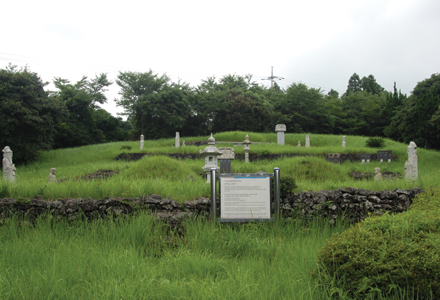
Han Family Cemetery
This is the cemetery of Han Cheon and his son from the Cheongju Han family clan (Han Cheon was one of those who formed Gasi Village 600 years ago). In 1392 when he moved from the mainland and settled in the area, people learned that the scholar had served as Daejehak (a high-ranking official). With people from neighboring villages visiting him to study, Gasi Village was established. The cemetery of Han and his son has been well preserved. Maintaining its original shape, the cemetery is now designated Jeju Provincial Monument No. 60-2, and is cherished as important research material for the local memorial rituals on graveyards.
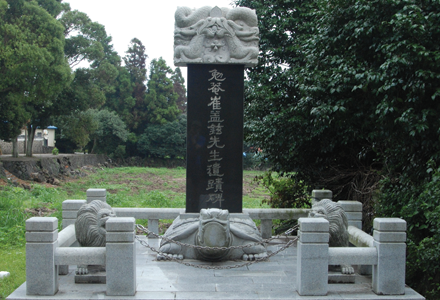
Memorial Monument for Myeonam Choi Ik-hyeon
Han Cheon, the first settler of the Cheongju Han clan on Jeju, served as Daejehak (a high-ranking official) of Yemungwan (Office of Special Advisers) during King Gongyang’s reign during the late Goryeo era. When King Gongyang was ousted, Han was exiled to Jeju. Moving to the island in 1392, Han created Gasi Village. In 1879, Choi Ik-hyeon (pen name Myeonam) was also exiled to Jeju. Choi was greatly impressed by Han’s descendants on Jeju and gave them the epitaph for Han. Han’s tomb and epitaph have been preserved to date.
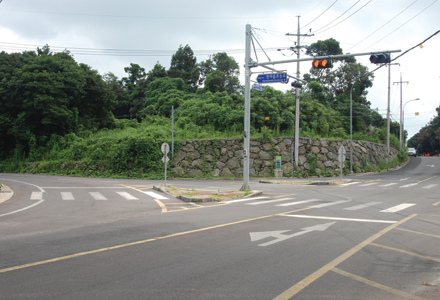
Maduritdongsan Hill
On Maduritdongsan Hill, Jeju villagers waited to receive warning signals from Goyadongsan Hill. During Jeju 4·3, civilians were so afraid of the police and the military that they nicknamed the former ‘black dogs’ and the latter ‘yellow dogs.’ So as to warn the nearby villages of approaching danger, when either of these groups were seen, watchmen would lower a flag on Goyadongsan Hill, and people on Maduritdongsan Hill would carry the news to the villages below. At that time, people could see Goyadongsan Hill from Maduritdongsan Hill, but now trees between them block the view.
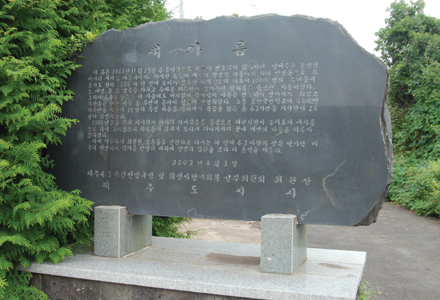
Saegareum District
In 1948, the entire district of Saegareum was destroyed during Jeju 4·3. The neighborhood that was once populated by 20 households with 100 residents was burned down and the villagers escaped to other villages nearby. With the district reconstructed in 1948, 2 households returned but soon left again, leaving the area lost to this day.
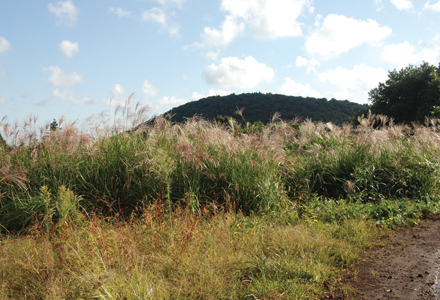
Dallaengimoru Hill
Now known as “Hill of Blood-red Soil,” Dallaengimoru Hill is where 12 locals of Gasi Village were killed on Nov. 15, 1948. With the eviction order issued after the massacre, all residents of Gasi Village fled either to the coast or to mountains.